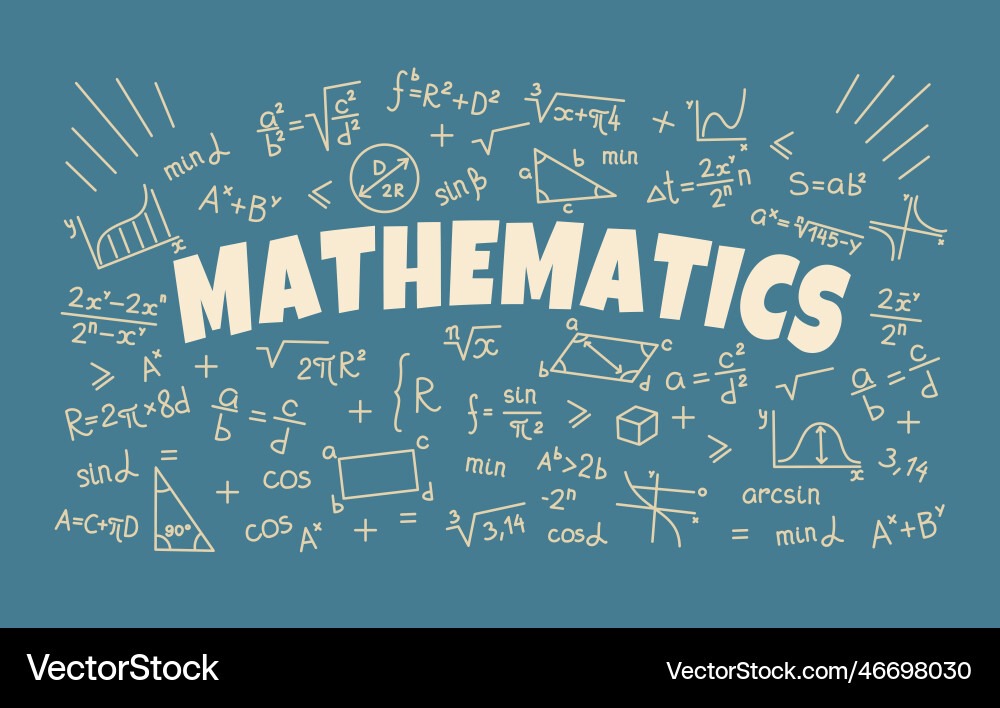MATHEMATICS FOR GRADE 6 (KS2) (1)

About Course
Find here the scheme of work for the spring term for grade 6
Course Content
Lesson 2: Division of numbers
Lesson 3: Percentage
Lesson 4: Percentage
Lesson 5: Ratio and Proportion
Lesson 6: Algebraic Equations
Lesson 7: Area and Perimeters
Lesson 8: Properties of Shapes
Lesson 9: Position and Directions
Lesson 10: Averages
Lesson 11: Graphs
Student Ratings & Reviews

No Review Yet